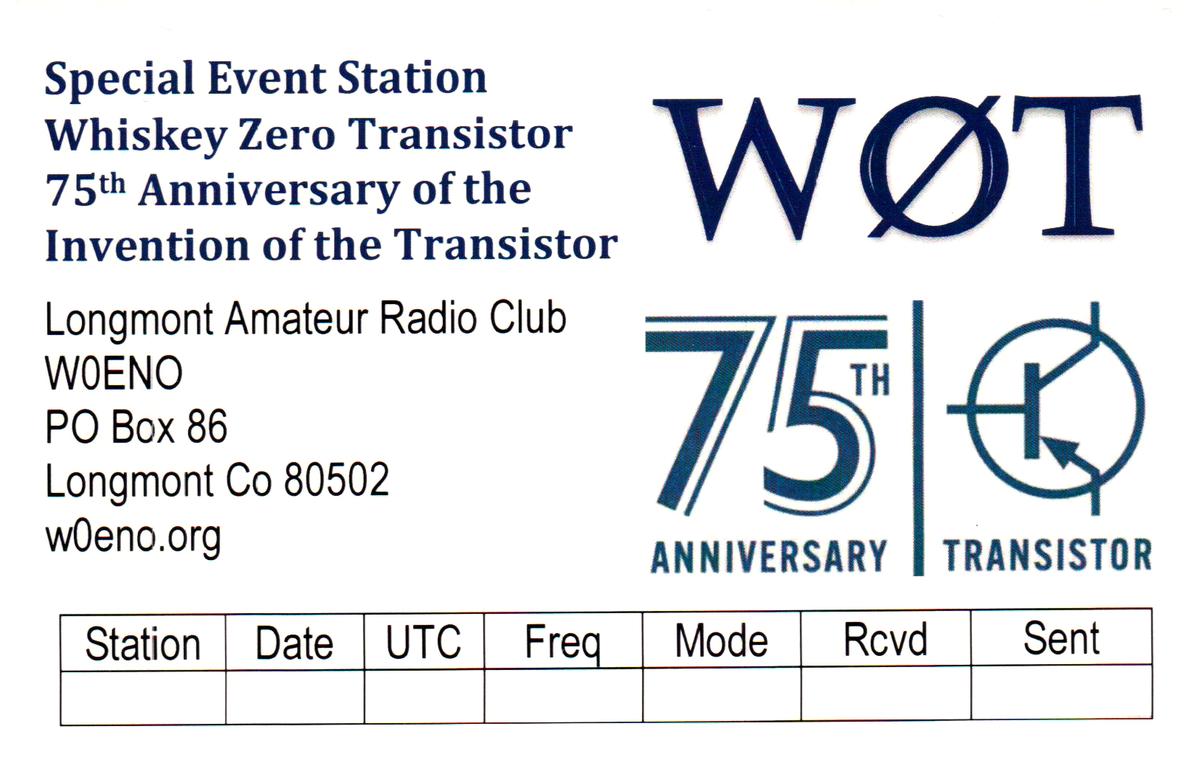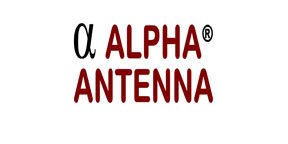Demonstrate SWR Reflected Power with a Water Tank
Ed – WA7EM
The educational topic on the Tuesday night net last week was SWR – standing wave ratio. I remembered a demonstration of wave motion done by my high school physics teach many years ago. I decided it would be fun to try to recreate that experiment.
The physics of wave motion is the same whether it is radio waves, sound waves, water waves, etc. So, what may be hard to understand in HF or VHF radio waves, may be more readily observed and understood with a water tank
Specifically, an old window is set level on some saw horses. It is filled with water (and a little food coloring). A battery drill is mounted in a support beside the window and a steel shaft is put in the chuck of the drill. A screw is run thru the shaft so that it touches the water with each revolution.
In the 1st video, the screw on the shaft acts as a point radiator. That would be like your ham radio with a simple non-directional antenna (like a vertical). In the water you see circular ripple patterns radiating equally outward in all directions. The perimeter of the window is so far away so that resistance has reduced the ripple to zero before it hits this window boundary. In radio, this is called an “isotropic radiator”. If this experiment could be done in 3D, the ripples would be equal in-plane and vertical.
In the 2nd video, the screw is augmented with a plate and the area of the ripple pattern is reduced with some wood blocks. This is meant to illustrate a radio signal going down a feedline to an antenna. The wood block at the far end illustrates a short circuit at the end of the feedline. If you look closely, you see the waves moving forward from the source combine with the waves bouncing off the “short” at the end
of the tank. The 2 combine to form a “standing wave”. In this imperfect experiment, the standing waves do not appear stationary, but moving slowing backward and forward. With a better tank and signal source, one could get tall perfectly stationary waves.
Now suppose part way down the path defined by the blocks of wood, I replaced the water with jello?
Since water and jello are signal mediums with different “impedance”, the wave would travel at a different speed in the jello vs the water. At the boundary of jello and water, you would see some of the energy transfer forward into the jello and some of it bounce back toward the source. That is what would happen if you connected a length of 52 ohm coax to a length of 72 ohm coax or your antenna is not well tuned.









